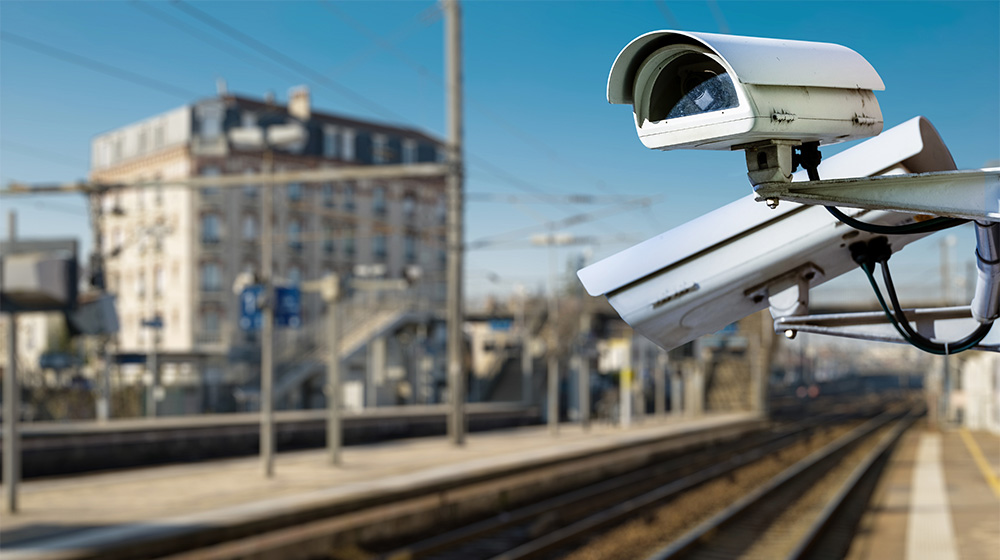Ensuring the Security of Canada’s Rail System
Security is an issue that is on the minds of many Canadians these days. The increase in global security threats has changed our everyday lives, and has also affected how businesses operate ― including those within the transportation industry. Canada’s railways work hard to address security concerns, and to continue to provide secure and reliable transportation of both people and goods.

Providing Peace of Mind to Canadians
Canadians should know that they are in safe hands when travelling by rail. To ensure that, our country’s passenger railways have enhanced their security by:
- Increasing security planning;
- Training employees in vigilance and reporting procedures;
- Equipping stations with cameras and alarm systems;
- Requiring employees to wear photo ID; and
- Using effective tools such as explosives-detecting dogs.
Canada’s freight railways have also introduced measures to address security concerns by:
- Increasing access controls to rail yards;
- Enhancing IT security;
- Introducing bridge, tunnel, and rail traffic control centres;
- Issuing employee photo ID; and
- Using biometric technology at intermodal terminals.
To further enhance security, Canada’s Class 1 freight railways have permanent, well-trained police forces, as well as formal partnerships with public police and security services. CN and CP’s police forces have the same powers as public police on railway rights-of-way ― including the ability to issue tickets, conduct investigations and make arrests ― which makes them very effective when security incidents occur.
Creating a Secure Rail Network Across North America
The Railway Association of Canada (RAC) and Transport Canada first signed a memorandum of understanding (MOU) on security in 1997. That MOU has since been replaced by an updated version signed on November 15, 2007. The RAC-Transport Canada MOU requires railways to conduct regular security risk assessments, and to develop and update their security plans based on the risks they face. Those plans are then filed with the Minister of Transport. Under the MOU, railways must conduct a systemic review of their plans every three years. They are also required to report any security incidents to Transport Canada, to conduct exercises to test their plans, and to provide security briefings to all of their staff, and training to those responsible for security.
By applying the right security measures, and sharing relevant security information with officials on both sides of the Canada-U.S. border, our railways are helping to create a secure North American transportation system ― ensuring the safe, reliable and efficient movement of people and goods from coast to coast to coast.